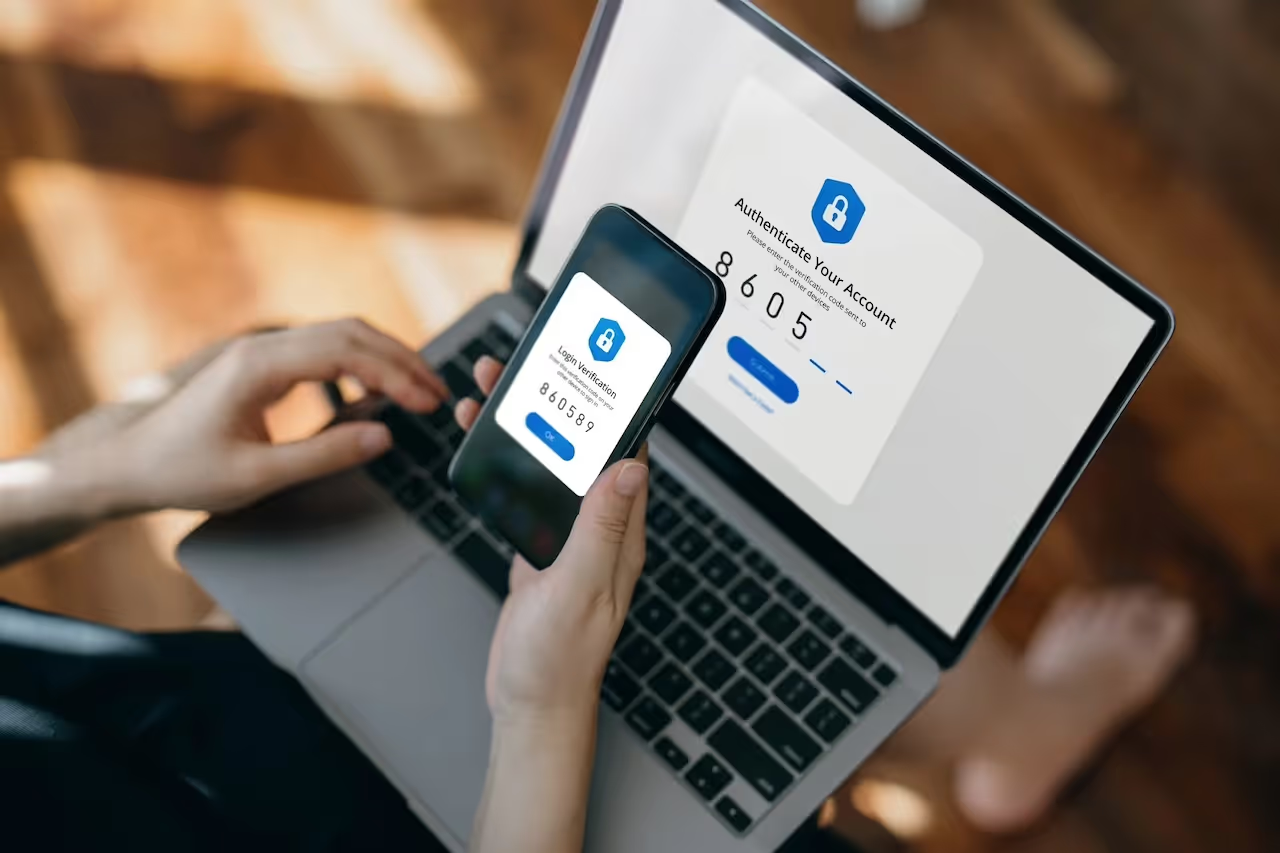What is thread hijacking?
Cyberattacks are becoming increasingly stealthy and targeted, with malicious actors focusing on high-value individuals to gain privileged access to their organizations’ digital environments. One technique that has gained prominence in recent years is thread hijacking. This method allows attackers to infiltrate ongoing conversations, exploiting the trust within these threads to access sensitive systems.
Thread hijacking typically involves attackers gaining access to a user’s email account, monitoring ongoing conversations, and then inserting themselves into these threads. By replying to existing emails, they can send malicious links, request sensitive information, or manipulate the conversation to achieve their goals, such as redirecting payments or stealing credentials. Because such emails appear to come from a trusted source, they often bypass human security teams and traditional security filters.
How does thread hijacking work?
- Initial Compromise: Attackers first gain access to a user’s email account, often through phishing, malware, or exploiting weak passwords.
- Monitoring: Once inside, they monitor the user’s email threads, looking for ongoing conversations that can be exploited.
- Infiltration: The attacker then inserts themselves into these conversations, often replying to existing emails. Because the email appears to come from a trusted source within an ongoing thread, it bypasses many traditional security filters and raises less suspicion.
- Exploitation: Using the trust established in the conversation, attackers can send malicious links, request sensitive information, or manipulate the conversation to achieve their goals, such as redirecting payments or stealing credentials.
A recent incident involving a Darktrace customer saw a malicious actor attempt to manipulate trusted email communications, potentially exposing critical data. The attacker created a new mailbox rule to forward specific emails to an archive folder, making it harder for the customer to notice the malicious activity. This highlights the need for advanced detection and robust preventive tools.
Darktrace’s Self-Learning AI is able to recognize subtle deviations in normal behavior, whether in a device or a Software-as-a-Service (SaaS) user. This capability enables it to detect emerging attacks in their early stages. In this post, we’ll delve into the attacker’s tactics and illustrate how Darktrace / IDENTITY™ successfully identified and mitigated a thread hijacking attempt, preventing escalation and potential disruption to the customer’s network.
Thread hijacking attack overview & Darktrace coverage
On August 8, 2024, Darktrace detected an unusual email received by a SaaS account on a customer’s network. The email appeared to be a reply to a previous chain discussing tax and payment details, likely related to a transaction between the customer and one of their business partners.

A few hours later, Darktrace detected the same SaaS account creating a new mailbox rule named “.”, a tactic commonly used by malicious actors to evade detection when setting up new email rules [2]. This rule was designed to forward all emails containing a specific word to the user’s “Archives” folder. This evasion technique is typically used to move any malicious emails or responses to a rarely opened folder, ensuring that the genuine account holder does not see replies to phishing emails or other malicious messages sent by attackers [3].
Darktrace recognized the newly created email rule as suspicious after identifying the following parameters:
- AlwaysDeleteOutlookRulesBlob: False
- Force: False
- MoveToFolder: Archive
- Name: “.”
- FromAddressContainsWords: [Redacted]
- MarkAsRead: True
- StopProcessingRules: True
Darktrace also noted that the user attempting to create this new email rule had logged into the SaaS environment from an unusual IP address. Although the IP was located in the same country as the customer and the ASN used by the malicious actor was typical for the customer’s network, the rare IP, coupled with the anomalous behavior, raised suspicions.

Given the suspicious nature of this activity, Darktrace’s Security Operations Centre (SOC) investigated the incident and alerted the customer’s security team of this incident.
Due to a public holiday in the customer's location (likely an intentional choice by the threat actor), their security team did not immediately notice or respond to the notification. Fortunately, the customer had Darktrace's Autonomous Response capability enabled, which allowed it to take action against the suspicious SaaS activity without human intervention.
In this instance, Darktrace swiftly disabled the seemingly compromised SaaS user for 24 hours. This action halted the spread of the compromise to other accounts on the customer’s SaaS platform and prevented any sensitive data exfiltration. Additionally, it provided the security team with ample time to investigate the threat and remove the user from their environment. The customer also received detailed incident reports and support through Darktrace’s Security Operations Support service, enabling direct communication with Darktrace’s expert Analyst team.
Conclusion
Ultimately, Darktrace’s anomaly-based detection allowed it to identify the subtle deviations from the user’s expected behavior, indicating a potential compromise on the customer’s SaaS platform. In this case, Darktrace detected a login to a SaaS platform from an unusual IP address, despite the attacker’s efforts to conceal their activity by using a known ASN and logging in from the expected country.
Despite the attempted SaaS hijack occurring on a public holiday when the customer’s security team was likely off-duty, Darktrace autonomously detected the suspicious login and the creation of a new email rule. It swiftly blocked the compromised SaaS account, preventing further malicious activity and safeguarding the organization from data exfiltration or escalation of the compromise.
This highlights the growing need for AI-driven security capable of responding to malicious activity in the absence of human security teams and detect subtle behavioral changes that traditional security tools.
Credit to: Ryan Traill, Threat Content Lead for his contribution to this blog
Appendices
Darktrace Model Detections
SaaS / Compliance / Anomalous New Email Rule
Experimental / Antigena Enhanced Monitoring from SaaS Client Block
Antigena / SaaS / Antigena Suspicious SaaS Activity Block
Antigena / SaaS / Antigena Email Rule Block
References
[1] https://blog.knowbe4.com/whats-the-best-name-threadjacking-or-man-in-the-inbox-attacks
[3] https://learn.microsoft.com/en-us/defender-xdr/alert-grading-playbook-inbox-manipulation-rules































.jpeg)







